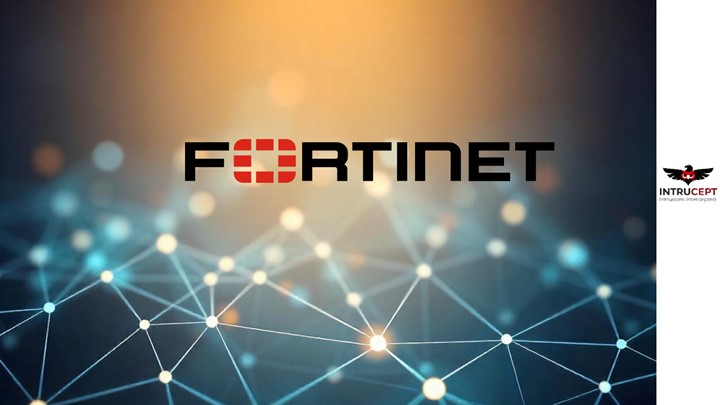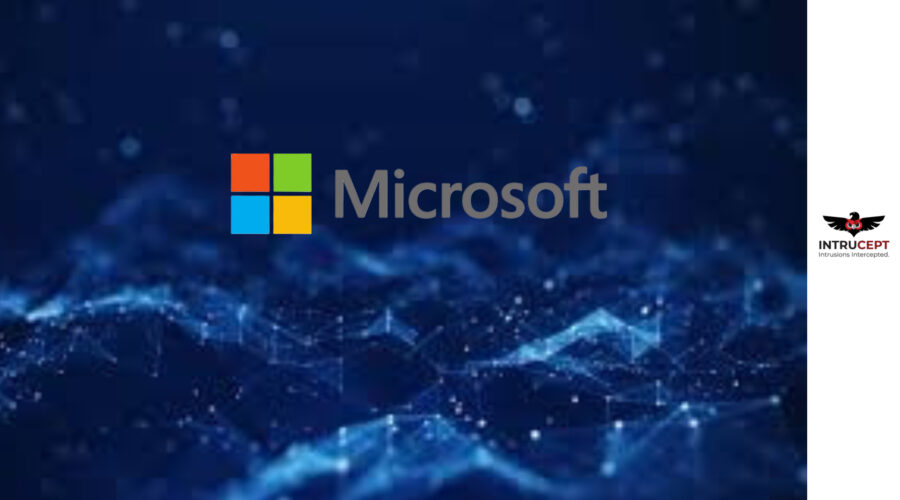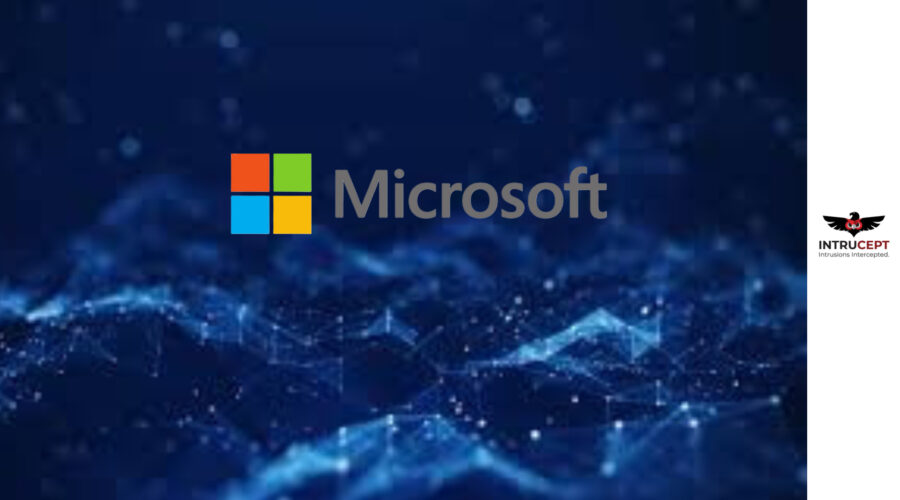Authentication Bypass Vulnerability in FortiOS & FortiProxy
Summary
A critical authentication bypass vulnerability [CWE-288] has been identified in FortiOS and FortiProxy, tracked as CVE-2025-24472 . This is affecting their affecting FortiOS and FortiProxy products and being exploited in the wild.
| OEM | Fortinet |
| Severity | Critical |
| CVSS | 9.6 |
| CVEs | CVE-2025-24472 |
| Exploited in Wild | Yes |
| Patch/Remediation Available | Yes |
| Advisory Version | 1.0 |
Overview
This flaw, with the CVSSv3 score of 9.6, could allow a remote attacker to obtain super-admin privileges by sending specially crafted requests to the Node.js WebSocket module.
| Vulnerability Name | CVE ID | Product Affected | Severity | Affected Version |
| Authentication Bypass Vulnerability | CVE-2025-24472 | FortiOS FortiProxy | Critical | FortiOS v7.0 – v7.0.16 FortiProxy v7.0 – v7.0.19 FortiProxy v7.2 – v7.2.12 |
Technical Summary
| CVE ID | Vulnerability Details | Impact |
| CVE-2025-24472 | An authentication bypass using an alternate path (CWE-288) vulnerability in FortiOS and FortiProxy , present in certain versions, could enable a remote attacker to obtain super-admin privileges by sending requests to the Node.js websocket module or by crafting CSF proxy requests. | Execute unauthorized code or commands |
Recommendations:
- Update: Ensure that the appropriate patches or updates are applied to the relevant versions listed below
| Version | Fixes and Releases |
| FortiOS 7.0 – 7.0.16 | Upgrade to 7.0.17 or latest version |
| FortiProxy 7.0 – 7.0.19 | Upgrade to 7.0.20 or latest version |
| FortiProxy 7.2 – 7.2.12 | Upgrade to 7.2.13 or latest version |
Workarounds:
Below are some workarounds provided by the Fortinet team.
- Disable HTTP/HTTPS administrative interface
- Limit IP addresses that can reach the administrative interface via local-in policies
According to Fortinet, attackers exploit the two vulnerabilities to generate random admin or local users on affected devices, adding them to new and existing SSL VPN user groups. They have also been seen modifying firewall policies and other configurations and accessing SSLVPN instances with previously established rogue accounts “to gain a tunnel to the internal network.network.”
References:



